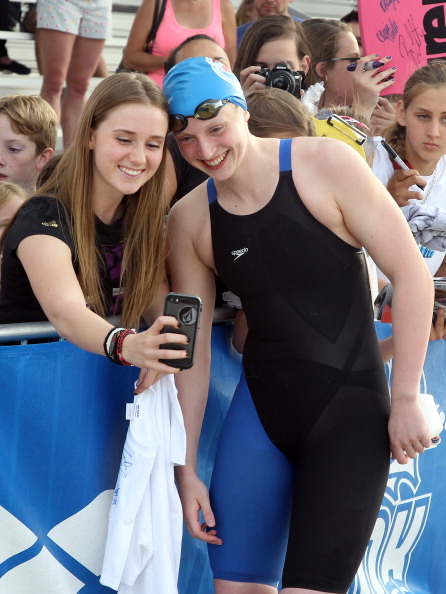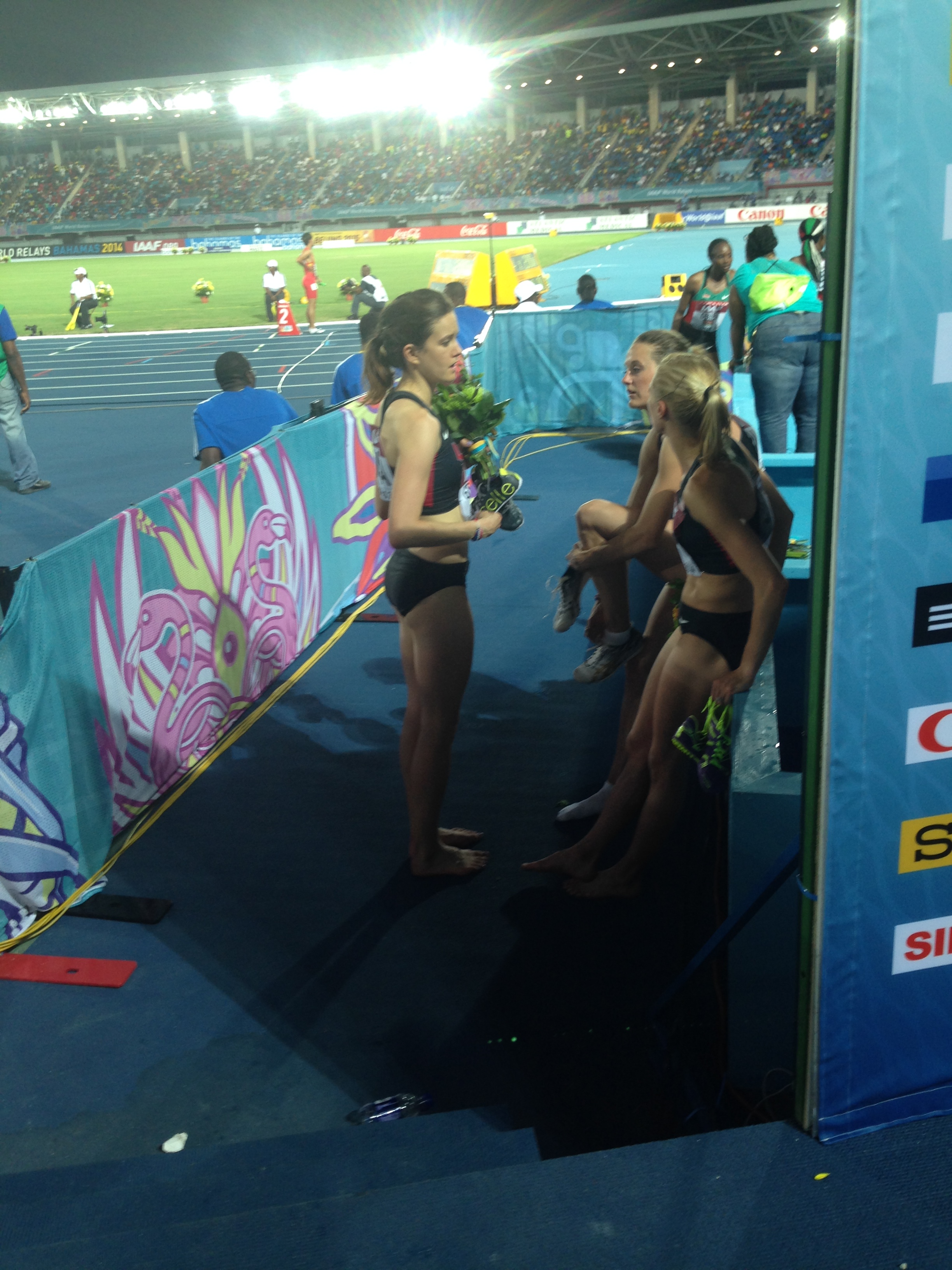LAUSANNE, Switzerland — International Olympic Committee evaluation and working group documents are, it is said, strenuously neutral. The IOC purportedly doesn’t rate or rank cities in campaigns for the Summer or Winter Games. Yet the 2022 working group report that was issued Monday as the IOC passed the three remaining cities — Oslo, Beijing, Almaty — on to the finalist phase is so transparently obvious. It unequivocally favors Oslo, perhaps merely in a bid to keep it in the race, or maybe more. It is relatively positive about Beijing though it makes plain that distances are profound and a sense of why the Games ought to go there ought to be refined. And it is curiously skeptical about Almaty.
Perhaps this more direct tone is in keeping with other facets of this first year of the Thomas Bach presidency. In a striking change from the Jacques Rogge years, for instance, there were no Olympic bid consultants on hand at IOC headquarters here at the Chateau de Vidy, by the shores of Lake Geneva; Bach has made it plain that he finds such consultants unnecessary if not distasteful.
Gilbert Felli, the outgoing Games executive director, delivered a remarkable soliloquy Monday evening at a news conference that referred obliquely to such consultants, and also to the fact that three other cities -- Stockholm, Munich and Lviv, Ukraine -- dropped out along the way to Monday's decision by the executive board to pass Oslo, Beijing and Almaty through. If it is rare to hear the IOC refer to blame, much less to itself, consider:
"In every situation you should never blame the others. And probably the IOC is the first one to be blamed.
"It may not be able to explain what you are telling now about different models. Not be able to explain the different budgets. Not be able to explain to some people that if you want to have for your own city, your own region a new train, a new road, new investments — it’s going to cost you more money …
"So what we tried to do here — first of all, the IOC needs to communicate beforehand. Second, the IOC should be open. As you know, until now, the IOC never discussed with bidding cities before we got the report of the first phase," meaning what it calls the "applicant" phase, which for 2022 ended Monday, the race turning now to the "candidate" phase.
"And even between the two phases, we don’t discuss much. The idea was developed in the 2020 Working Group -- to say the IOC probably should have an office or a place where people can come or propose a concept or try and see. Because who is advising the cities? Outside advisers. People who are saying to the cities, you know if you don’t do that, the IOC member will not support you. If you don’t do that, then you’ve got the perception of the IOC given by outsiders and not by the IOC itself.
"So in the communication — and that’s the lesson from this [2022] campaign here — we lost good cities because of the bad perception of the IOC, the bad perception of how the concept could be done. We have to learn our lesson. The one to be blamed is the IOC. But we have to work in a different way of the bidding process."
The report issued Monday, as Felli noted, might highlight that Almaty holds "excellent raw materials" though "you could see that maybe they are a bit behind on understanding the concept."
Then again, big-picture, perhaps there is the legitimate belief Almaty might win, and it may well be that there are those in certain IOC circles who are honestly not sure about that. Almaty staged the 2011 Asian Winter Games. It’s going to stage the 2017 Winter University Games. It has resource and ambition and a ski jump in the middle of town. If Sochi was too warm, not to worry. Almaty will be plenty cold.
Beijing, of course, put on the 2008 Summer Games and is seeking to become the first city to stage both the Summer and Winter Games. There is, though, the matter of geography. The Winter Games will be in Pyeongchang, South Korea, in 2018, the Summer Olympics in Tokyo in 2020. Will the IOC pull a three-peat and go back to eastern Asia, to China, in 2022?
From its first words, it’s clear how much the report loves Oslo: “With winter sport as part of the country’s national identity, Oslo’s vision is to share its passion, expertise and experience by delivering an outstanding celebration of sport and solidarity in a fast growing, young and ethnically diverse city whilst promoting Oslo as a winter sports capital.”
Wow.
That’s like advertising copy.
The report runs through 14 separate categories, ranging from weather to Games concept to finance. Oslo ranks first in eight of the 14 and ties with Beijing in three more. Almaty is not first even once; it does, however, sit last in 11 of 14.
The report even treats Oslo gently in the category in which Oslo is unequivocally not good, public support. An IOC poll in Oslo and the surrounding area shows only 36 percent support for the Games with 50 percent against. On a one-to-10 scale, the report ranks that as a minimum 5/maximum 7.
It does make one wonder what one has to do to get a 2 or 3 when a 36 gets you a 5.
To compare:
At this stage, the Tokyo 2020 bid got a minimum 6/maximum 9 from the IOC when its poll ratings were 47 percent — with 30 percent offering no opinion and 23 percent opposed to the Games.
Glossed over in one brief sentence in section eight of the Oslo profile is that it’s two hours and 20 minutes by bus or two hours and 10 minutes by train from Oslo to Lillehammer. And then you’ve got to get to the venues.
Beijing’s plan involves one city and two mountain clusters. From Beijing itself to one of the mountain clusters, the report says, travel time would be two hours and 44 minutes. Anyone who was in China for the 2008 Games — the report notes that 2:44 would be “long.”
Almaty, by contrast, offers a compact venue plan. The longest travel time, the report says, would be an hour, to the alpine ski venue.
Where Almaty does rank first, by the way, is in the size of its construction budget: $3.78 billion.
Beijing proposes $2.24 billion, Oslo $2.75 billion.
Bach, speaking earlier Monday, said, “The IOC is very happy to see three very different approaches with regard to the organization of the Games. This gives the IOC a choice among three diverse bids with different legacy plans with different approaches, with different budgets.”
Referring to his far-reaching review and potential reform plan, which the members will consider at an assembly in Monaco in December, Bach continued, “This is exactly in line with the discussions we are having with ‘Olympic Agenda [2020],’ where we want to encourage just this diversity, where we want to encourage sustainability and the feasibility of the organization of the Olympic Games.”
The report, meanwhile, lays out Almaty’s commercial estimates revenues of $1.055 billion. It immediately notes, “Sponsorship may be optimistic given the scale of the economy,” which it helpfully points out is the 46th largest in the world.
In case anyone could possibly have missed the point, the report also says, on the same page, “Given the size of the economy and its reliance on oil, there may be challenges in supporting the significant investments in competition and non-competition venues necessary for the Games, unless there is extraordinary government support and the economy is strong.”
In Kazakhstan, there is still “some way to go” to bring the security apparatus “up to international standard.”
There appears to be “limited accommodation options for spectators, mainly in alternative and university accommodation.”
Anything else? Oh, just this: “Almaty lies on a fault line and is prone to earthquakes.”
The report does say, “While there are many environmental challenges facing the city and country, the opportunity of the Games could be a catalyst for significant improvements.”
For Almaty supporters: it’s not clear if many, even any, IOC members read these reports. Also, Rio got dinged in the working group report for 2016; it would eventually win going away.
As Almaty 2022 executive board member Andrey Kryukov said here Monday, referring to the three cities, “I think now three are favorites.”


















